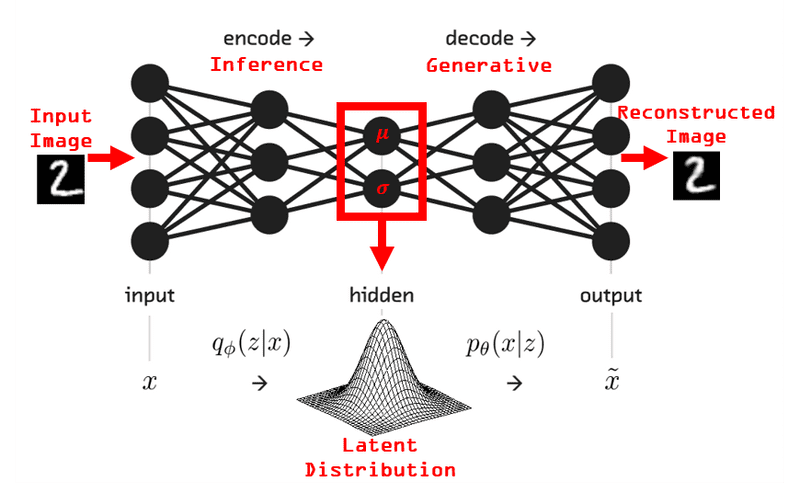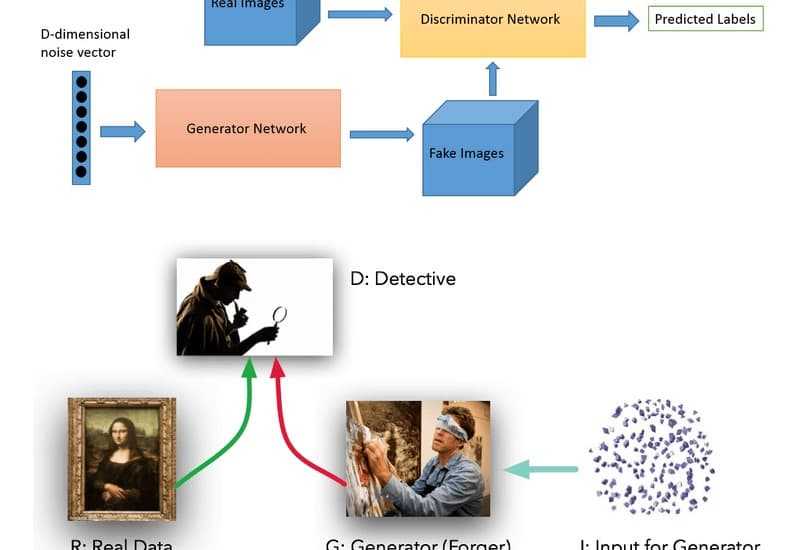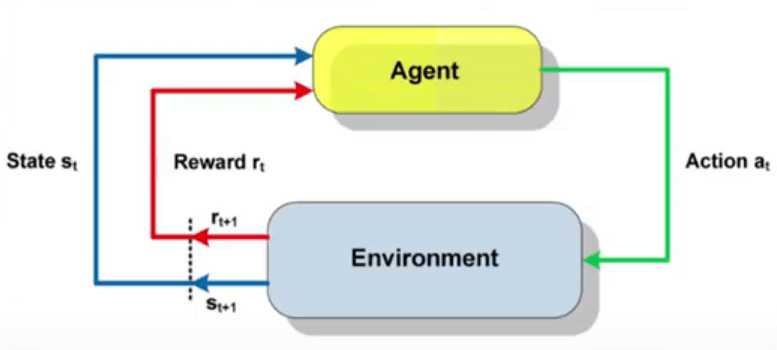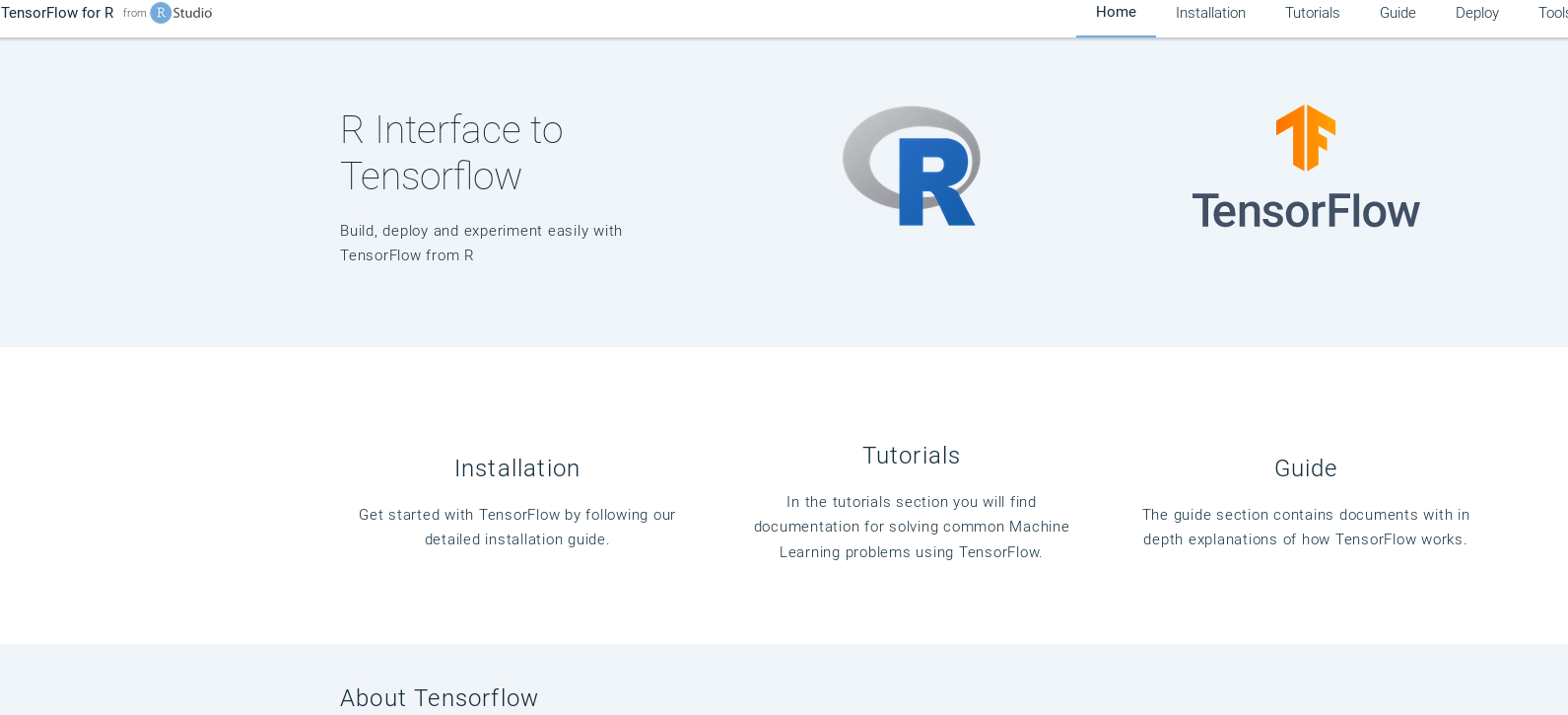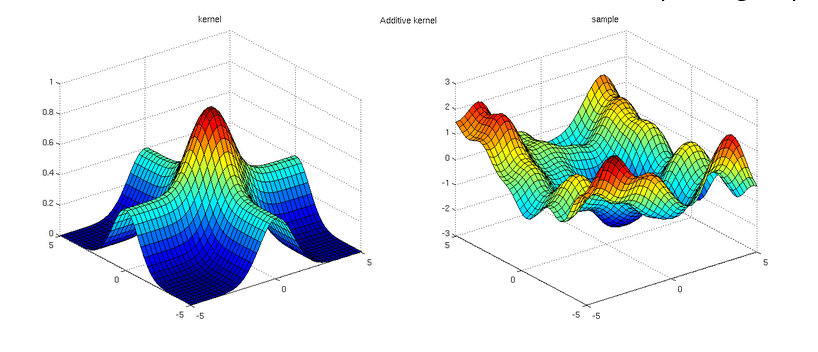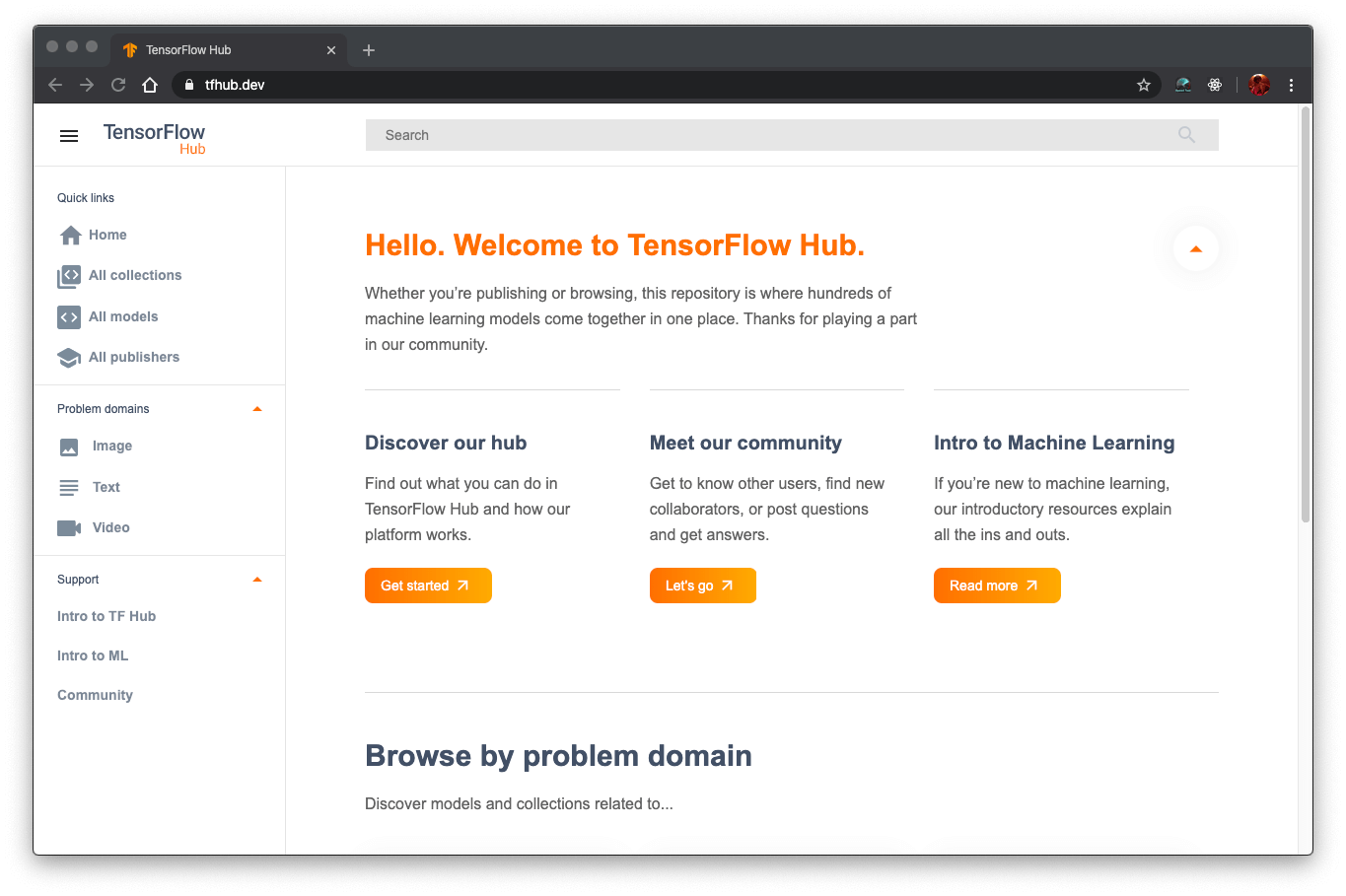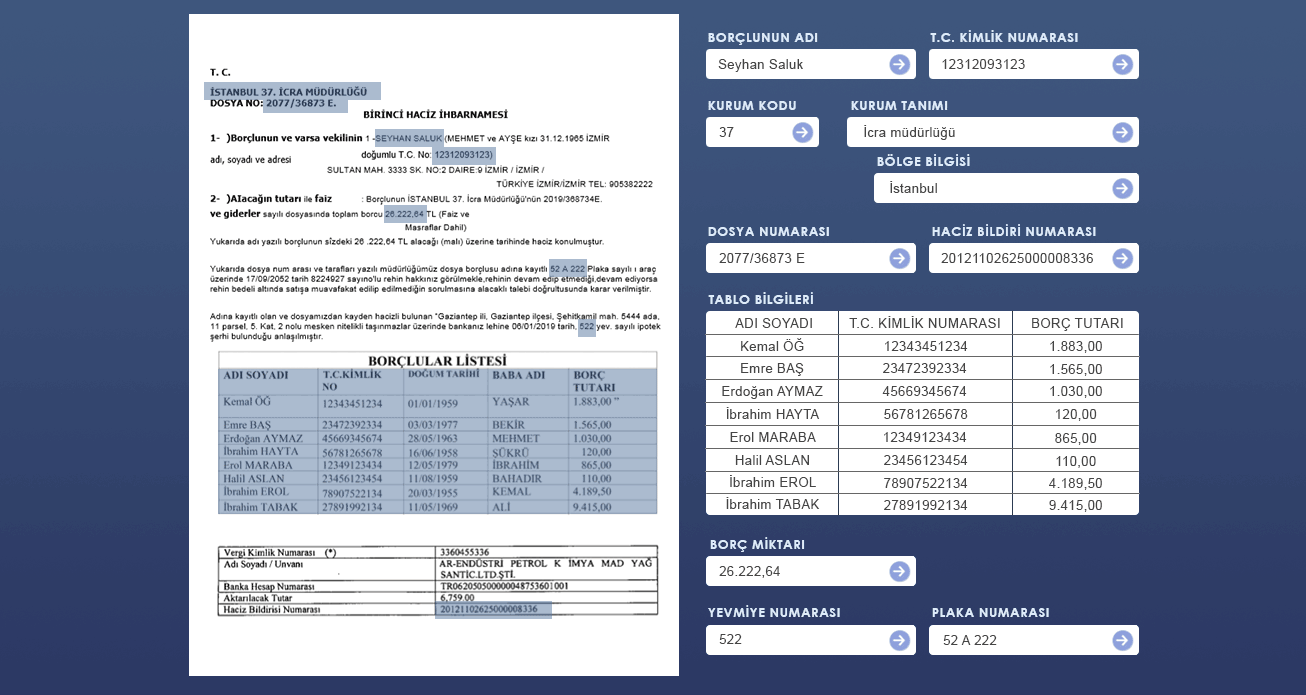Open-Source TTS Reaches New Heights: Nari Labs Releases Dia, a 1.6B Parameter Model for Real-Time Voice Cloning and Expressive Speech Synthesis on Consumer Device
The development of text-to-speech (TTS) systems has seen significant advancements in recent years, particularly with the rise of large-scale neural models. Yet, most high-fidelity systems remain locked behind proprietary APIs and commercial platforms. Addressing this gap, Nari Labs has released Dia, a 1.6 billion parameter TTS model under the Apache 2.0 license, providing a strong […] The post Open-Source TTS Reaches New Heights: Nari Labs Releases Dia, a 1.6B Parameter Model for Real-Time Voice Cloning and Expressive Speech Synthesis on Consumer Device appeared first on MarkTechPost.

The development of text-to-speech (TTS) systems has seen significant advancements in recent years, particularly with the rise of large-scale neural models. Yet, most high-fidelity systems remain locked behind proprietary APIs and commercial platforms. Addressing this gap, Nari Labs has released Dia, a 1.6 billion parameter TTS model under the Apache 2.0 license, providing a strong open-source alternative to closed systems such as ElevenLabs and Sesame.
Technical Overview and Model Capabilities
Dia is designed for high-fidelity speech synthesis, incorporating a transformer-based architecture that balances expressive prosody modeling with computational efficiency. The model supports zero-shot voice cloning, enabling it to replicate a speaker’s voice from a short reference audio clip. Unlike traditional systems that require fine-tuning for each new speaker, Dia generalizes effectively across voices without retraining.
A notable technical feature of Dia is its ability to synthesize non-verbal vocalizations, such as coughing and laughter. These components are typically excluded from many standard TTS systems, yet they are critical for generating naturalistic and contextually rich audio. Dia models these sounds natively, contributing to more human-like speech output.
The model also supports real-time synthesis, with optimized inference pipelines allowing it to operate on consumer-grade devices, including MacBooks. This performance characteristic is particularly valuable for developers seeking low-latency deployment without relying on cloud-based GPU servers.
Deployment and Licensing
Dia’s release under the Apache 2.0 license offers broad flexibility for both commercial and academic use. Developers can fine-tune the model, adapt its outputs, or integrate it into larger voice-based systems without licensing constraints. The training and inference pipeline is written in Python and integrates with standard audio processing libraries, lowering the barrier to adoption.
The model weights are available directly via Hugging Face, and the repository provides a clear setup process for inference, including examples of input text-to-audio generation and voice cloning. The design favors modularity, making it easy to extend or customize components such as vocoders, acoustic models, or input preprocessing.
Comparisons and Initial Reception
While formal benchmarks have not been extensively published, preliminary evaluations and community tests suggest that Dia performs comparably—if not favorably—to existing commercial systems in areas such as speaker fidelity, audio clarity, and expressive variation. The inclusion of non-verbal sound support and open-source availability further distinguishes it from its proprietary counterparts.
Since its release, Dia has gained significant attention within the open-source AI community, quickly reaching the top ranks on Hugging Face’s trending models. The community response highlights the growing demand for accessible, high-performance speech models that can be audited, modified, and deployed without platform dependencies.
Broader Implications
The release of Dia fits within a broader movement toward democratizing advanced speech technologies. As TTS applications expand—from accessibility tools and audiobooks to interactive agents and game development—the availability of open, high-quality voice models becomes increasingly important.
By releasing Dia with an emphasis on usability, performance, and transparency, Nari Labs contributes meaningfully to the TTS research and development ecosystem. The model provides a strong baseline for future work in zero-shot voice modeling, multi-speaker synthesis, and real-time audio generation.
Conclusion
Dia represents a mature and technically sound contribution to the open-source TTS space. Its ability to synthesize expressive, high-quality speech—including non-verbal audio—combined with zero-shot cloning and local deployment capabilities, makes it a practical and adaptable tool for developers and researchers alike. As the field continues to evolve, models like Dia will play a central role in shaping more open, flexible, and efficient speech systems.
Check out the Model on Hugging Face, GitHub Page and Demo. Also, don’t forget to follow us on Twitter and join our Telegram Channel and LinkedIn Group. Don’t Forget to join our 90k+ ML SubReddit.











































![[The AI Show Episode 144]: ChatGPT’s New Memory, Shopify CEO’s Leaked “AI First” Memo, Google Cloud Next Releases, o3 and o4-mini Coming Soon & Llama 4’s Rocky Launch](https://www.marketingaiinstitute.com/hubfs/ep%20144%20cover.png)




















